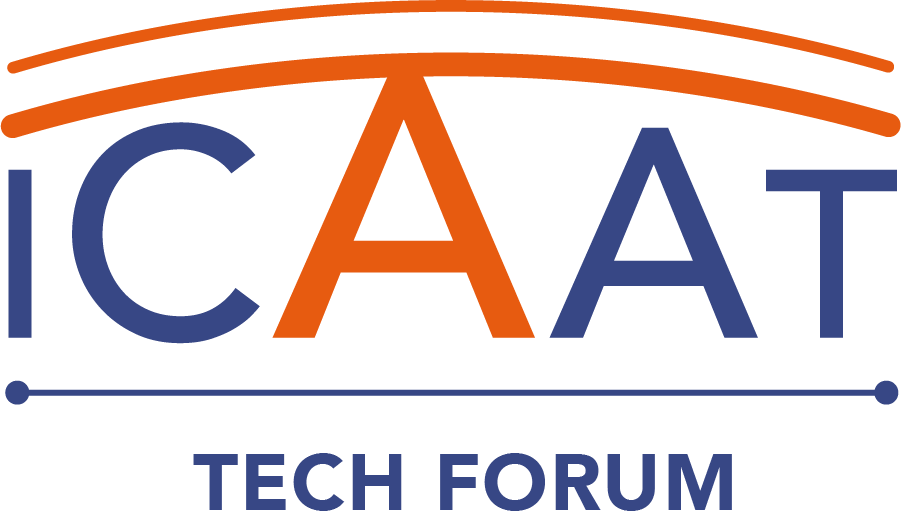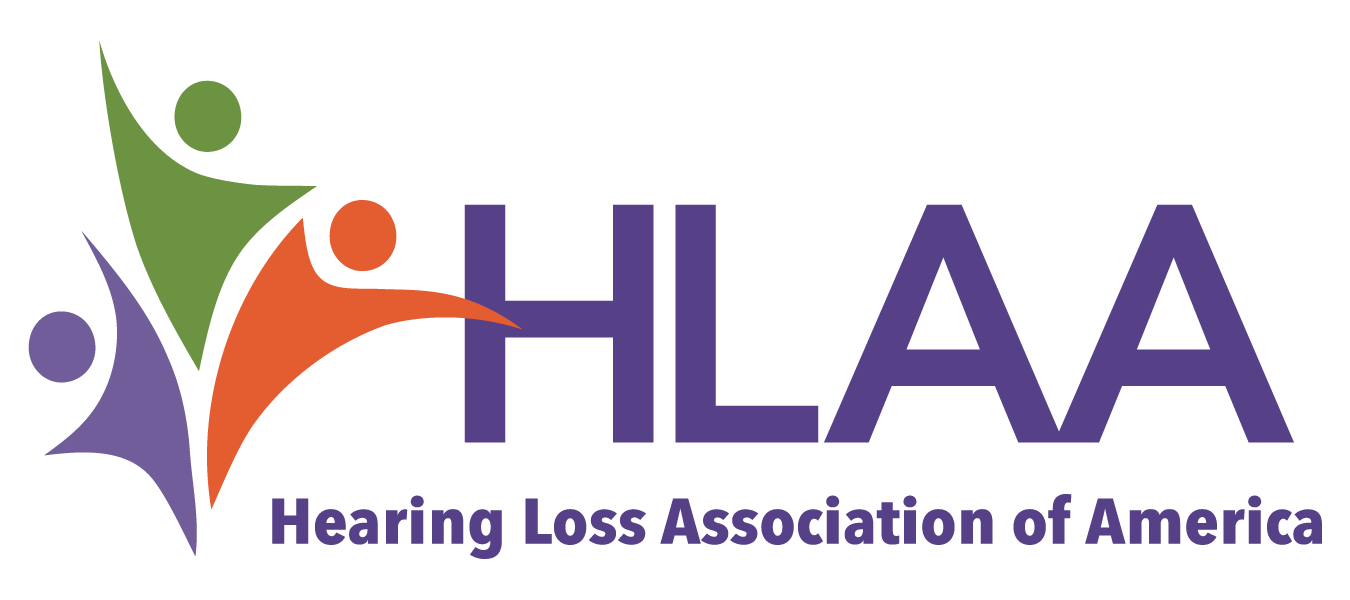Groups related to Communication -- Remote
Event
Topic Hope for Hearing: Exploring Cochlear Implants and Advanced Technology
Do you or a loved one still struggle to hear, even with hearing aids? Join us for a free educational webinar to learn about today’s advanced hearing solutions, including cochlear implants. Our expert surgeons will share how these technologies work, who may benefit, and what steps to take if you’re ready to explore treatment. You'll also have the chance to hear from a cochlear implant patient and…
Event
Hearing Loss Solutions: Is a Cochlear Implant Right for You?
Struggling to hear even with hearing aids? You’re not alone, and there may be more options available to you. Join the experts from Michigan Ear Institute for a free educational webinar where you’ll learn about advanced hearing solutions, including cochlear implants. This session is designed for patients and caregivers who want to better understand hearing loss solutions and take the first step…
Event
Hearing Loss Solutions: Is a Cochlear Implant Right for You?
Struggling to hear even with hearing aids? You’re not alone, and there may be more options available to you. Join the experts from Michigan Ear Institute for a free educational webinar where you’ll learn about advanced hearing solutions, including cochlear implants. This session is designed for patients and caregivers who want to better understand hearing loss solutions and take the first step…
Event
Global Hearing Health Conference Heads to Boston
The Coalition for Global Hearing Health is hosting its annual conference at the MGH Institute of Health Professions in Boston, focusing on advancing hearing care in low-resourced communities. The event brings together global experts and advocates to share strategies, technologies, and solutions to improve hearing health access.
Event
U.S. Access Board Town Hall – Virtual Livestream Access
The U.S. Access Board will host a public town hall meeting in New Orleans focused on accessibility standards, inclusive design, and ongoing efforts to improve access for people with disabilities. Board members will share updates, respond to public feedback, and discuss initiatives related to transportation, the built environment, and digital accessibility. While the meeting will take place in…
Discussion
CMS and HHS Seek Public Input on Digital Health Tools for Medicare
Submitted by Neil Snyder on
The Centers for Medicare & Medicaid Services (CMS) and the Department of Health and Human Services (HHS), including the Assistant Secretary for Technology Policy (ASTP) and the Office of the National Coordinator for Health Information Technology (ONC), are requesting public feedback to help shape the future of digital health. What This Is About: CMS and ASTP/ONC are asking for input on the current…
Discussion
CMS and HHS Seek Public Input on Digital Health Tools for Medicare
Submitted by Neil Snyder on
The Centers for Medicare & Medicaid Services (CMS) and the Department of Health and Human Services (HHS), including the Assistant Secretary for Technology Policy (ASTP) and the Office of the National Coordinator for Health Information Technology (ONC), are requesting public feedback to help shape the future of digital health. What This Is About: CMS and ASTP/ONC are asking for input on the current…
Discussion
CMS and HHS Seek Public Input on Digital Health Tools for Medicare
Submitted by Neil Snyder on
The Centers for Medicare & Medicaid Services (CMS) and the Department of Health and Human Services (HHS), including the Assistant Secretary for Technology Policy (ASTP) and the Office of the National Coordinator for Health Information Technology (ONC), are requesting public feedback to help shape the future of digital health. What This Is About: CMS and ASTP/ONC are asking for input on the current…
Discussion
CMS and HHS Seek Public Input on Digital Health Tools for Medicare
Submitted by Neil Snyder on
The Centers for Medicare & Medicaid Services (CMS) and the Department of Health and Human Services (HHS), including the Assistant Secretary for Technology Policy (ASTP) and the Office of the National Coordinator for Health Information Technology (ONC), are requesting public feedback to help shape the future of digital health. What This Is About: CMS and ASTP/ONC are asking for input on the current…





